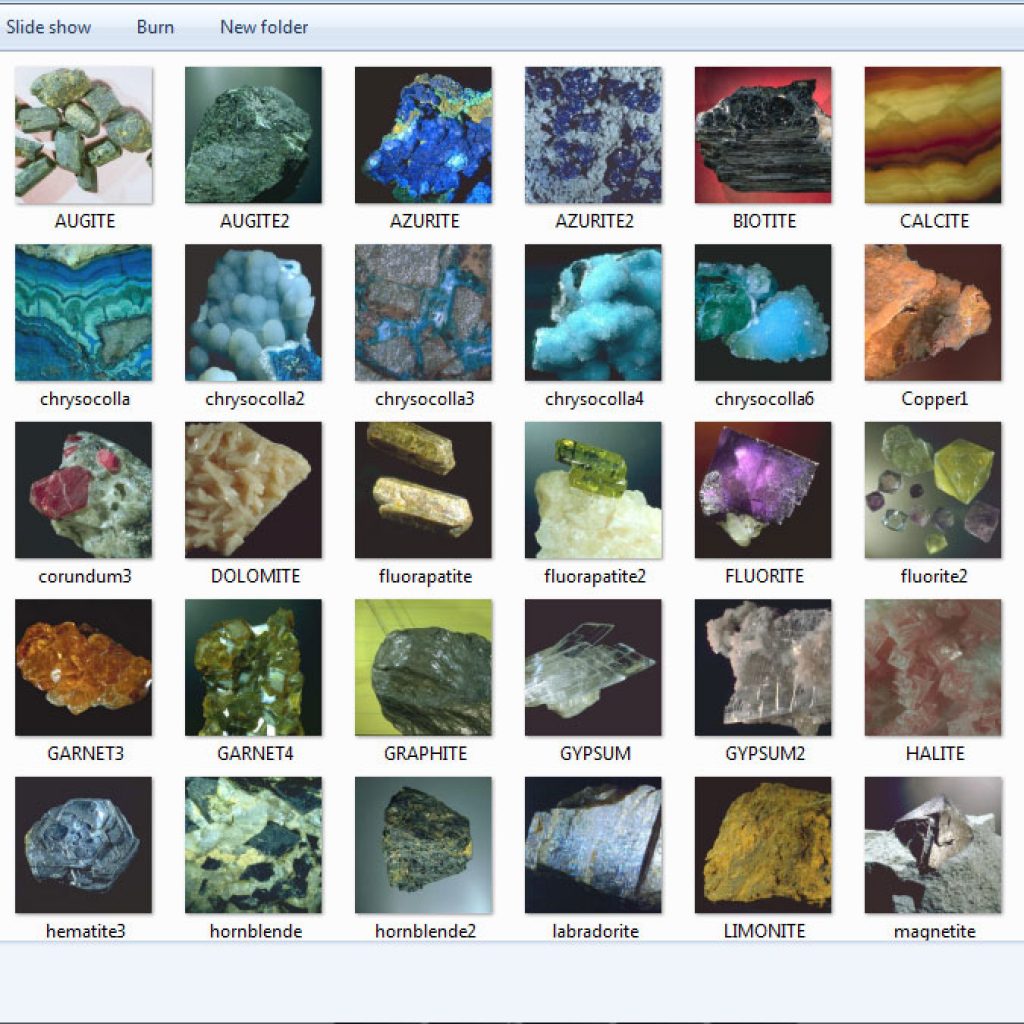Evaluating fault seals forms an important aspect of hydrocarbon exploration, production, and reservoir management. Faulting in granular materials generally causes cataclasis and changes in porosity. Faults and fault zones are sealing membrane in which their properties are related to capillary entry pressure of the membrane. These processes may affect the quality of otherwise excellent reservoir rocks and, in multiphase flow, can cause compartmentalization and fault sealing. Fault can act as pressure barriers to subsurface fluids during the production life of a mature field or as differential migration barriers to hydrocarbon over geologic time. The method of fault seal analysis is aimed for evaluating fault transmissibility due to faulting mechanism. A number of mechanisms have been recognized in which fault planes can act as a seal.
An understanding of the probability of a fault acting as a pressure barrier is critical for prospect relying on fault seal. On the other hand, the probability of fault acting as pressure barrier is important in the field development and production in the mature field, where fault bounded compartments may not be in pressure communication because of sealing fault. Seals can be considered as membrane or hydraulic seals depending on their likely failure mode, for example eruption problems. Geomechanical approach is aiming to study role of present-day state of stress in relation to fault failure and stability. Therefore, evaluating present-day state of stress in conjunction with fault seal analysis is key factor in guiding safety operation and well-bore stability of field with fault compartmentalization.
